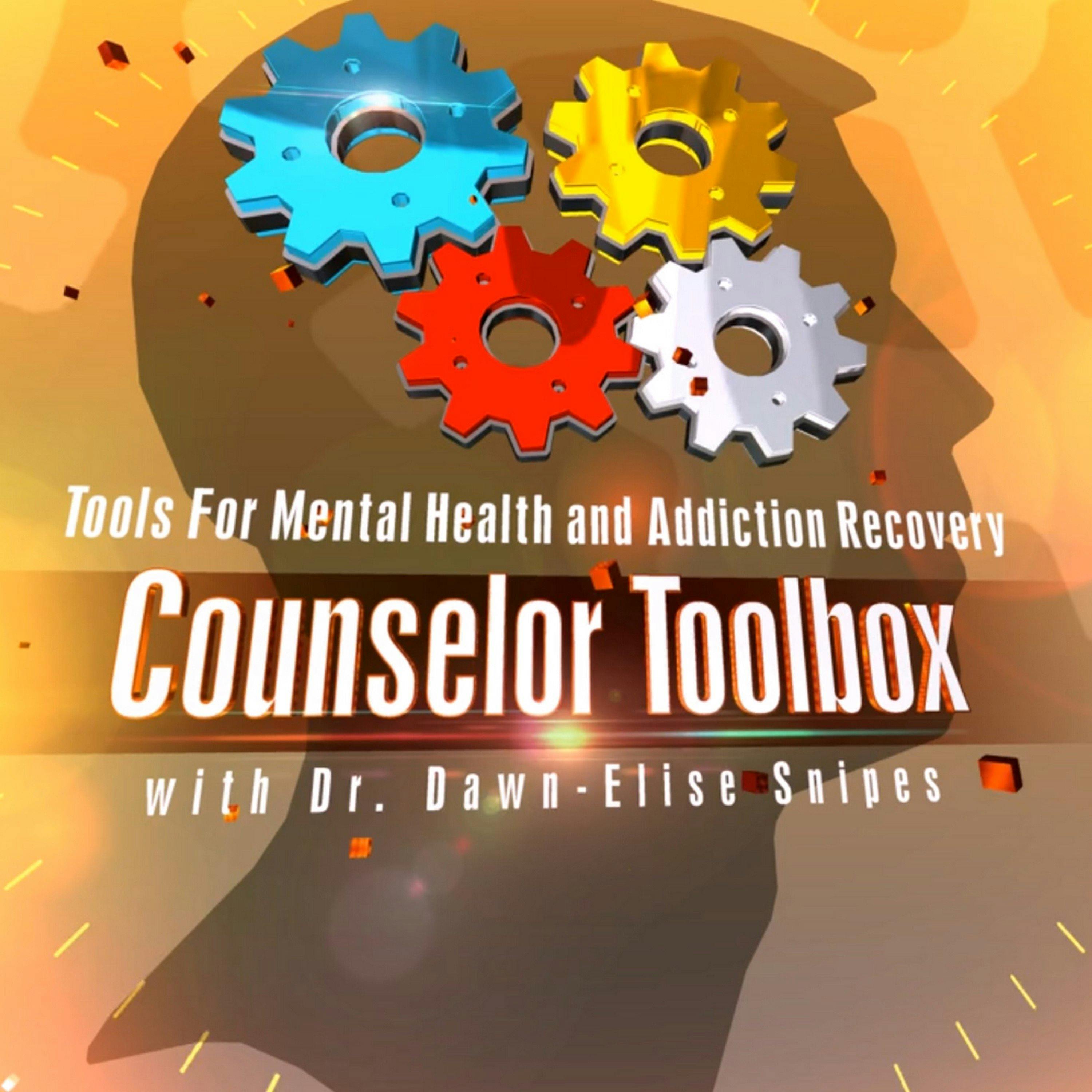Improve Your Listening Skills: Breaking the Cycle of Defensiveness
Description
### Summary
#### Introduction
- Presenter: Dr. Dawn-Elise Snipes
- Topic: Listening without defensiveness
- Goals: Understanding causes of defensiveness, enhancing assertiveness, and reducing defensiveness
#### Understanding Defensiveness
- **Defensiveness**: Indicates a lack of safety; behavior or feeling when feeling unsafe.
- **Causes**:
- Prior negative experiences (verbal/physical aggression, invalidation).
- Low self-esteem leading to fear of rejection.
- Triggering topics related to trauma or powerlessness.
#### Creating Safety
1. **Recognize Emotional State**:
- Defensiveness arises from feeling unsafe or powerless.
- Brain prioritizes fight or flight over processing information.
2. **Criticism vs. Behavior**:
- Separate criticism of behavior from criticism of self.
- Understand that feedback is about actions, not personal worth.
3. **Constructive Feedback**:
- Take useful parts of feedback and leave the rest.
- Consider the intention behind feedback; if it's aggressive, set boundaries.
#### Enhancing Communication
1. **Realistic Expectations**:
- Not everyone will like you or your actions.
- Nurture multiple sources of support.
2. **Set and Maintain Boundaries**:
- Physical, emotional, and cognitive boundaries.
- Communicate discomfort and establish respectful interactions.
3. **Self-Esteem**:
- Confidence reduces defensiveness.
- Respect differing opinions without feeling threatened.
#### Strategies to Reduce Defensiveness
1. **Empathy and Curiosity**:
- Understand differing perspectives.
- Explore underlying reasons behind others' views.
2. **Manage Reactions**:
- Reflect and ground yourself when feeling defensive.
- Validate others' experiences without agreeing.
3. **Objective Language**:
- Use "I" statements to express feelings without blame.
- Avoid vague or accusatory language.
#### Practical Steps
1. **Ground Rules**:
- Establish clear boundaries for interactions.
- Ensure safe environments for discussions.
2. **Avoid Mind Reading**:
- Don't assume intentions behind others' words.
- Focus on one issue at a time during conflicts.
3. **Rehearse and Prepare**:
- Practice conversations to build confidence.
- Identify triggers and prepare responses.
4. **Apologize When Necessary**:
- Acknowledge mistakes to build trust and reduce defensiveness.
5. **Collaborative Solutions**:
- Work towards win-win outcomes.
- Respectfully disagree and find common ground.
### Time Codes for Major Points
00:00 Introduction and goals of the video
02:00 Understanding defensiveness and its causes
05:45 Creating safety in communication
08:30 Criticism vs. behavior and constructive feedback
12:15 Realistic expectations and nurturing support
15:00 Setting and maintaining boundaries
20:00 Enhancing self-esteem and respecting opinions
25:00 Empathy, curiosity, and managing reactions
30:00 Using objective language and practical steps
35:00 Rehearsal and preparation for difficult conversations
38:00 Apologizing and collaborative solutions
Learn more about your ad choices. Visit megaphone.fm/adchoices
More Episodes
Learn more about your ad choices. Visit megaphone.fm/adchoices
Published 11/21/24
Published 11/21/24
Introduction
Presenter: Dr. Dawn-Elise Snipes discusses helping families navigate life transitions using the Flower Empower Model.
The focus is on understanding how various transitions impact both individuals and families, emphasizing the importance of supportive partnerships between...
Published 11/19/24


